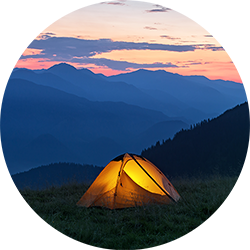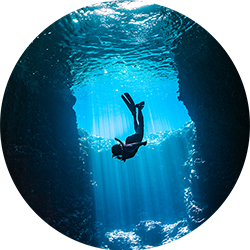Next, to your stamina and endurance, the things you carry along will be your best ally on Chadar Trek. Considered you have tied up your laces well for this ultimate winter trek, are you even in the right shoes?
Deal of the Day: Adventurous Experience of Chadar Trek in Ladakh
Giving you more thrills you’ve asked for, this is a dream excursion for the adventure junkies. Forming a 105 Km thick ice trail over the furious Zanskar River during the winters, the Chadar Trek is an exhilarating, challenging, and toughest winter trek in India.
Start the packing for this bone-chilling experience with the underlying slogan - ‘Pack Smart’ and you’ll have it all well. Keeping in mind even the slightest confusion of what to keep and what not, stated below are all the essentials that would make you well-equipped for this unmatched grandeur, one of the best experiences to be included in your Ladakh travel packages.

Bigger Group? Get special offers upto 50% off!
We create unforgettable adventures, customised for your group.



